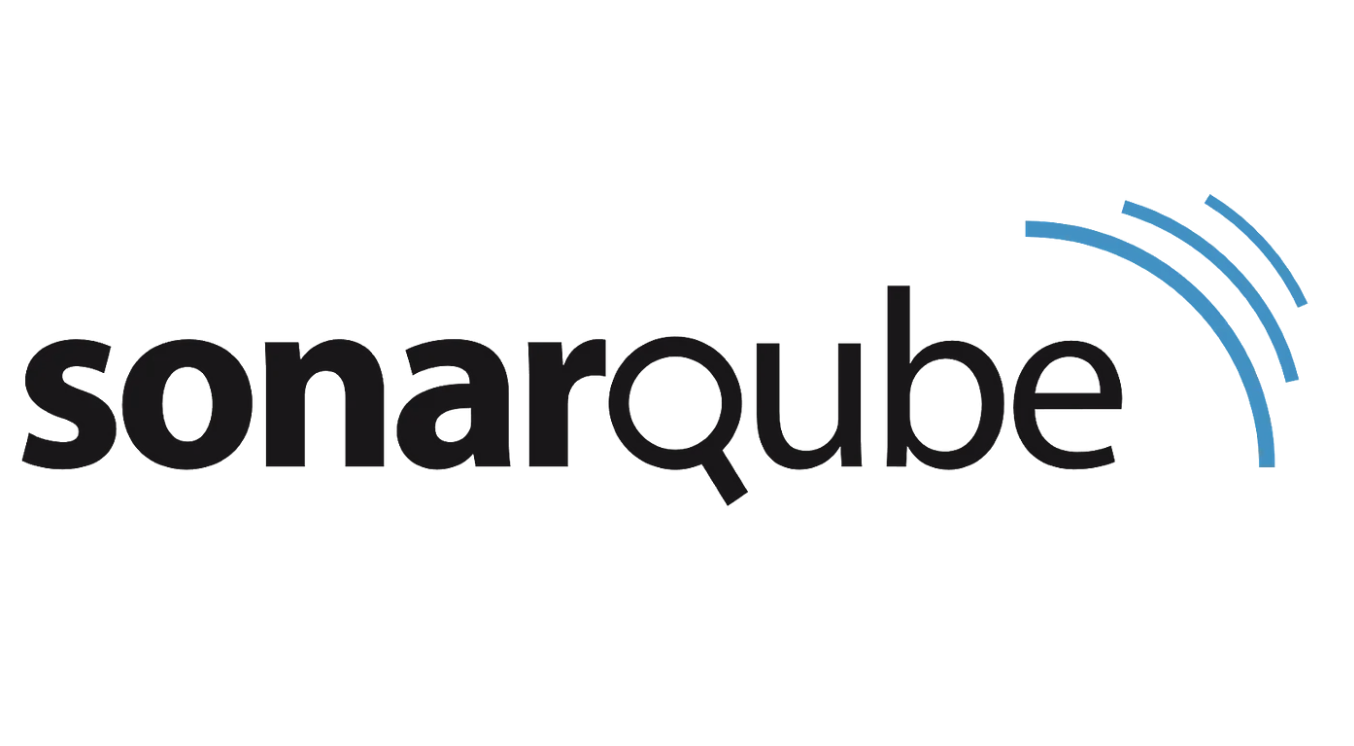Overview of SonarQube

Introduction
SonarQube is an open-source platform designed to continuously inspect code quality, detect bugs, vulnerabilities, and security vulnerabilities, and provide insights into code maintainability. It offers a comprehensive set of features for static code analysis, code coverage, code duplication detection, and more. In this blog post, we’ll provide an overview of SonarQube, its key features, and how it may benefit development teams.
Key Features
Static Code Analysis
SonarQube performs static code analysis to identify coding issues, such as bugs, code smells, and security vulnerabilities, by analyzing source code without executing it. It supports multiple programming languages, including Java, JavaScript, Python, C#, and more.
Code Quality Metrics
The platform provides various code quality metrics, such as cyclomatic complexity, code duplication, and maintainability index, to assess the overall quality of the codebase. These metrics help developers understand areas for improvement and prioritize refactoring efforts.
Continuous Inspection
SonarQube integrates seamlessly into the development workflow, allowing developers to run code analysis automatically as part of the continuous integration (CI) process. This ensures that code quality checks are performed consistently with every code change, helping teams catch issues early in the development cycle.
Security Vulnerability Detection
SonarQube includes built-in security rules to detect common security vulnerabilities, such as SQL injection, cross-site scripting (XSS), and sensitive data exposure. It helps teams identify and remediate security flaws before they manifest into serious security breaches.
Customizable Quality Gates
Quality gates in SonarQube allow teams to define thresholds for code quality metrics and security vulnerabilities. If the code fails to meet the predefined criteria, the build pipeline can be blocked, preventing low-quality code from being deployed to production.
Integration with IDEs and CI/CD Tools
SonarQube integrates with popular integrated development environments (IDEs) such as Visual Studio Code, IntelliJ IDEA, and Eclipse, allowing developers to view code quality issues directly within their development environment. Additionally, it integrates with CI/CD tools like Jenkins, GitLab CI, and Azure DevOps for automated code analysis in CI pipelines.
Benefits
Improved Code Quality
By continuously monitoring code quality and identifying potential issues early in the development process, SonarQube helps teams improve the overall quality of their codebase.
Enhanced Security
SonarQube’s built-in security rules and vulnerability detection capabilities help teams identify and address security vulnerabilities, reducing the risk of security breaches in applications.
Increased Developer Productivity
By automating code analysis and providing actionable insights into code quality, SonarQube enables developers to focus their efforts on writing high-quality code and delivering value to end users.
Consistent Code Standards
SonarQube enforces consistent code standards and best practices across development teams, ensuring that all code contributions meet the required quality criteria.
Conclusion
SonarQube is a powerful tool for code quality management and continuous inspection, offering a range of features to help development teams build better software. By integrating static code analysis, security vulnerability detection, and code quality metrics into the development workflow, SonarQube enables teams to deliver high-quality, secure, and maintainable code efficiently.
📝 For more information, you can refer to the offficial SonarQube Documentation for additional information.